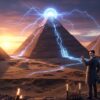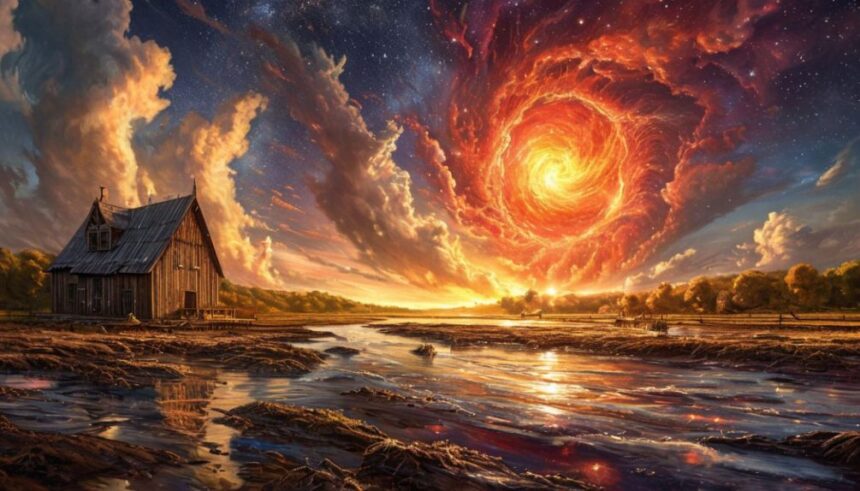In a world saturated with conspiracy theories, forgotten manuscripts, and ancient secrets, one chilling mystery stands out — the case of a suppressed book, buried deep within CIA archives for nearly half a century. At the heart of this enigma lies a little-known figure: Chan Thomas, a military engineer turned mystic, whose apocalyptic vision was so disturbing that the U.S. government classified it for decades.
The book in question, The Story of Adam and Eve, sounds like harmless religious musings. But hidden within its pages is a stark prophecy — one that speaks of an Earth-shattering cataclysm that could level continents in just three hours. When the Central Intelligence Agency quietly declassified it in 2013, the internet erupted with questions. Why was this book hidden? What did Chan Thomas know? And is there any truth behind his vision of a rapidly approaching global disaster?
The Mystery of the Man Behind the Prophecy
Born in Missouri in 1920, Chauncey “Chan” Thomas was not your average engineer. Educated, rational, and embedded in the high-security world of Cold War-era defense, he might have led a quiet life among America’s scientific elite. But somewhere along the line, Thomas took a strange turn. Fascinated by ancient texts, unexplained phenomena, and the limits of human consciousness, he began writing about topics that blended science fiction with prophecy.
He didn’t just write about UFOs — he reportedly worked with covert teams investigating them. He didn’t just dabble in metaphysical ideas — he claimed to possess psychic insights. His friends and colleagues couldn’t quite categorize him. Was he a visionary ahead of his time or simply a brilliant man who strayed into the fringe?
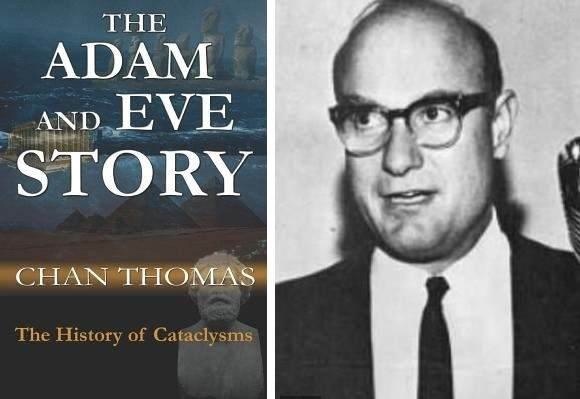
What made his book different from others was its urgent, deeply detailed description of Earth’s destruction — not in a distant, metaphorical future, but in an extremely specific, physical, and fast-unfolding event. And that may be exactly why the CIA acted.
A Prophecy of Global Destruction in Just Three Hours
According to Chan Thomas’s vision, the apocalypse will not be gradual. It will be swift, merciless, and nearly impossible to predict. The catastrophe, he said, would begin with a sudden shift in the Earth’s magnetic field. In a matter of moments, the North and South Poles would switch positions. This magnetic inversion, unlike the slow-moving changes described by modern geophysicists, would unleash unimaginable forces across the planet.
The Earth’s crust would begin to dislocate from its core. Massive earthquakes would erupt simultaneously across all continents, creating fractures so deep that molten magma would surge to the surface. The sky would be filled with fire, ash, and storms of unprecedented intensity. In coastal areas, tidal waves would sweep inland with terrifying force. Cities like Los Angeles and San Francisco would vanish beneath the ocean. Even inland regions such as Chicago would not be spared, inundated by secondary floods and collapsed infrastructure.
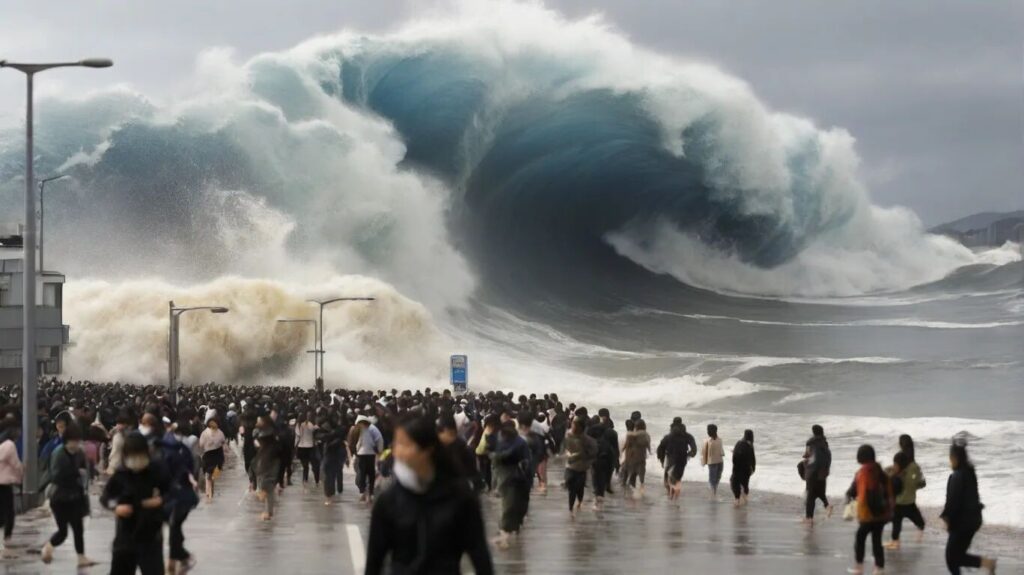
Within just three hours, the face of the planet would be radically altered. Mountain ranges would crumble. Deserts would become oceans. Entire civilizations would be erased, with no survivors left to remember them. Thomas believed this was not a hypothetical event, but a recurring planetary cycle that had already destroyed advanced human societies in the past — including Atlantis and the pre-flood cultures described in mythologies across the globe.
Echoes of Truth in Ancient Stories and Modern Science
What gives Thomas’s theory a disturbing air of credibility is its resonance with both ancient legends and scientific data. Many cultures across the world — from the ancient Sumerians to the Mayans, from Native American tribes to Hindu cosmologies — speak of great floods, sudden disasters, and lost worlds. These aren’t isolated myths, but persistent global themes. Thomas argued that these weren’t stories but fragmented memories of past apocalypses.
Modern archaeology has added fuel to this speculation. Geological evidence does point to a major global event occurring approximately 6,500 years ago — roughly matching the timeline Thomas proposed for the last major catastrophe. While mainstream scientists stop short of calling it an extinction-level event, anomalies in sediment layers, climate shifts, and unexplained human population declines in that period raise tantalizing questions.
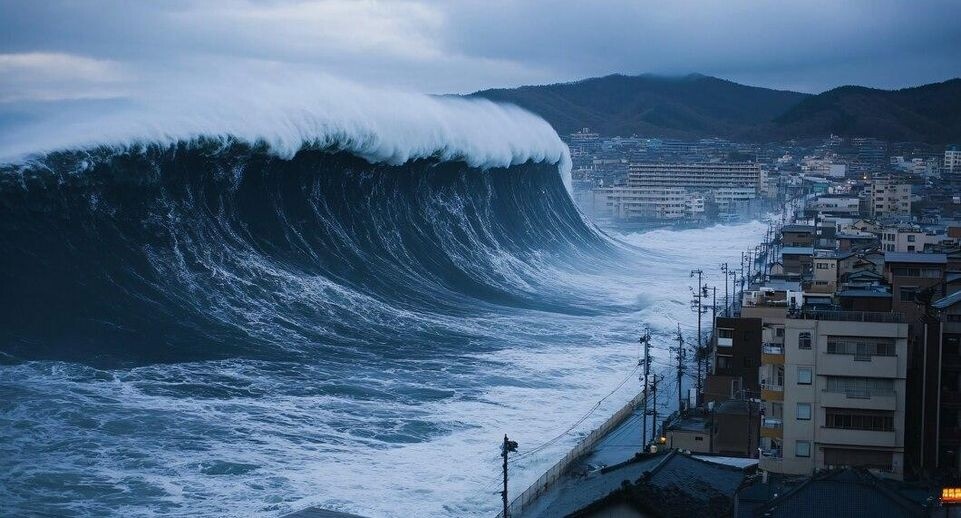
The idea of a magnetic pole shift also isn’t fantasy. NASA and geophysical researchers confirm that the Earth’s magnetic field has flipped many times in the planet’s history. These reversals happen irregularly, approximately every few hundred thousand years. While current models suggest that a full reversal takes thousands of years to unfold, Thomas insisted it could happen in hours — with cataclysmic consequences. Critics dismiss this claim as pseudoscience, but no one can entirely disprove it either. What if modern models, for all their complexity, are still missing something?
Why Did the CIA Bury the Book?
The most intriguing aspect of this story isn’t the content of the book, but the reaction it triggered. Why would a government agency go to the trouble of classifying a book that sounds like speculative science fiction? The CIA placed a classified stamp on The Story of Adam and Eve and stored it away for decades. No public explanation was ever given.
There are several theories. One suggests that Thomas, in his work on secret government research teams, may have come across sensitive data — and that his book contained veiled references to real military technologies or classified knowledge. Another possibility is that the book’s contents too closely resembled scenarios outlined in internal government studies about disaster preparedness, especially in the context of nuclear war, solar flares, or geomagnetic storms.
Still others believe that the CIA feared the book might spark mass hysteria. After all, if millions of people were to believe that the world could end within hours due to a magnetic pole shift, societal collapse could follow. Panic buying, breakdowns in law and order, and widespread mental distress might be triggered just by the idea. Sometimes, it’s easier to hide a truth than to manage its consequences.
Secret Bunkers, Shadow Protocols, and Silent Preparations
Adding another layer of mystery is the U.S. government’s well-documented network of deep underground bunkers. Facilities such as the Cheyenne Mountain Complex in Colorado and mysterious installations beneath the deserts of Nevada are officially described as command centers to ensure continuity of government in the event of nuclear war.
But many alternative researchers argue that their real purpose is far more dramatic: to house elites during a planetary catastrophe. If an event like the one Thomas described were to occur, only the wealthiest and most powerful would have access to survival infrastructure. The rest of humanity would be left to perish — or transform.
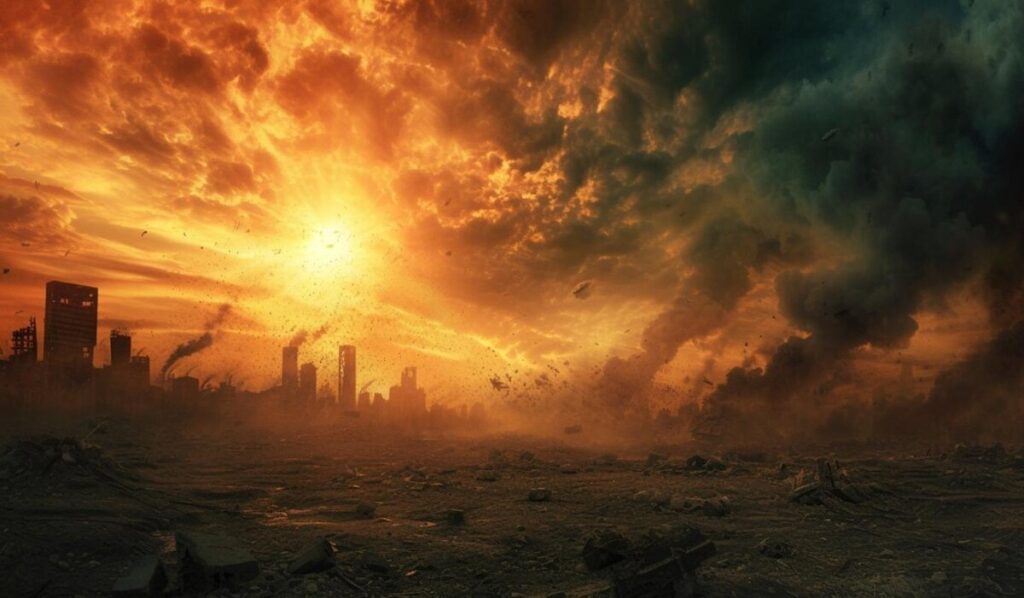
This opens the door to a spiritual interpretation of Thomas’s prophecy. Perhaps the “three hours” are not just physical time, but symbolic of a rapid, irreversible transformation of human consciousness. In many mystical teachings — from the Vedas to Gnostic texts — the apocalypse is less about destruction and more about revelation, a moment when truth is unveiled and a new world emerges from the ashes of the old.
The Apocalypse as a Mirror of the Human Psyche
Throughout history, doomsday predictions have captivated the human imagination. From the turn-of-the-millennium Y2K bug to the widely feared end of the Mayan calendar in 2012, people have always looked to the skies and the earth for signs of their demise. Why are we so drawn to the idea of the end of the world?
Psychologists believe the answer lies deep in our evolutionary wiring. Fear of catastrophe is a survival mechanism. Better to anticipate disaster and prepare for it than to be caught off guard. In addition, the concept of the apocalypse gives meaning to otherwise mundane existence. Facing the end of all things offers a kind of spiritual drama, a grand finale that makes life feel important.
In a strange way, believing in the end of the world is comforting. It means the chaos has a climax. It means our suffering has a purpose. It suggests that perhaps, just perhaps, we’re living in extraordinary times.
So, Is the End Really Coming?
For now, the world continues. Planes fly, emails are sent, and morning commutes march on. But somewhere in the back of our collective mind, the thought lingers: What if Chan Thomas was right? What if the Earth’s next great reset is not thousands of years away, but knocking on the door?
Perhaps we won’t see a sudden magnetic pole flip tomorrow. Perhaps the continents won’t fracture in three hours. But the deeper message remains: humanity is not invincible. We are fragile guests on a volatile planet, living on borrowed time in a cosmic system we barely understand.
Whether the next apocalypse is geological, spiritual, or psychological, one thing is certain — it will come when we least expect it. And if it does, we will have only moments to realize that the end was always closer than we imagined.






